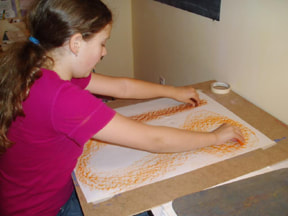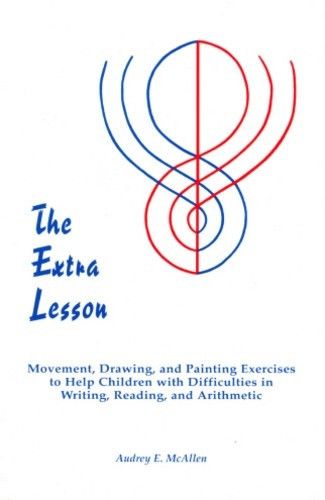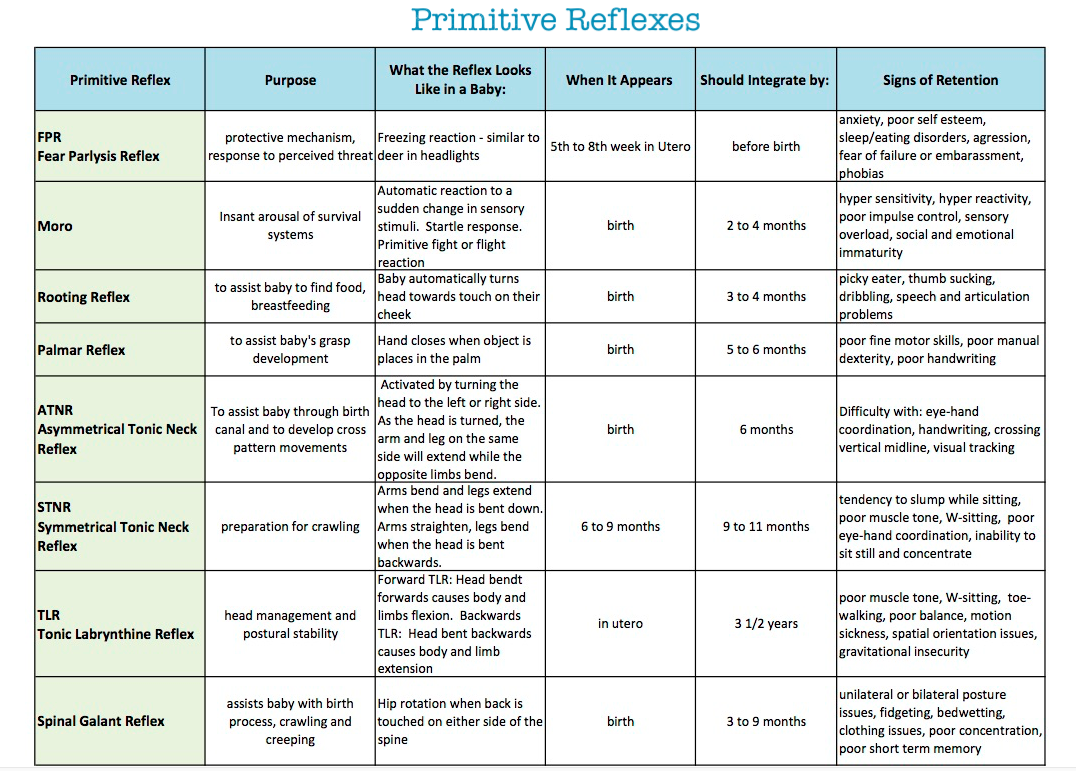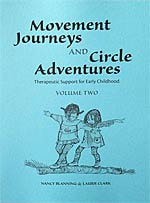Educational SupportWaldorf Remedial TherapyMarjorie RehbachMarjorie Rehbach's educational support program is available and located in Los Osos, California. Marjorie strives to support students to develop successful ways of working with their unique learning styles and differences.
|
Enrollment Info and Forms, Fees
|
Assessment, Consultation and Final Report Fees: $200.
If you choose to sign up for 12 one hour sessions with Ms Marjorie: $100 per session = $1200 for 12 sessions. |
| ||||||||
|
My work supports people of all ages who are facing challenges with social and academic learning, through removing hindrances which are causing too much stress to allow them to learn at their optimal pace. When this is accomplished, relevant tutoring work can be added as needed.
In order to unfold age appropriate academic and social skills, in the first seven years, our foundations of sensory maturation (especially the body senses of touch, life, movement and balance), dissolving midline barriers, developing dominance, spatial orientation, body geography, fine and gross motor skills, postural control, eye movement capacities, as well as a sense of rhythm, endurance, and healthy breathing, need to be strongly developed. In Waldorf inspired educational support, movement, drawing and painting exercises are designed to recapitulate and strengthen the developmental stages of the first seven years in order to address learning or behavior challenges in later years. ~ "The object of this work is that any necessary, subsequent tutoring can be received on the basis of sound physiological and soul development." ~ Audrey McAllen, The Extra Lesson I offer consultations with parents and teachers, student assessments, reports and lesson plans, with lessons taking place 1-2 times/week over 12 weeks to one year or more if needed. I ask one parent to join us to take part in these lessons, to observe progress and learn how to continue some exercises at home. When helpful, I also recommend other practitioners, like craniosacral and vision therapists and to join our circle of support for the student. After teaching in Waldorf Schools for 4 decades, I am very grateful to be able to offer some extra support to individuals and small groups when needed. Please contact me if you have any questions! |
Educational Support and Waldorf Remedial TherapyGeneral InfoThe First Seven Years as Preparation for Academic Learning:
In the first seven years of life the children learn to walk, speak and begin to think. They develop many skills which become the foundation for further learning and for school and social success. These skills include integration of early reflexive movement patterns, development of healthy senses, body geography, spatial orientation, gross and fine motor coordination, balance, dominance, and bilateral integration. The development of these skills is supported by a healthy interaction with nature, good nutrition and a rhythmical daily life. It is rare today for a child to move through these early years without encountering some type of hindrance in the development process. Sometimes there can also be set backs due to falls, head injuries, or emotional traumas. In these situations, a person can still be helped by an assessment and intervention. What is Extra Lesson Work? Developed over forty years ago by a Waldorf educator in England named Audrey McAllen, the Extra Lesson has been designed to detect and remediate hindrances in foundational skills which should develop in the first seven years. The Extra Lesson is an Assessment and a series of movement, drawing and painting exercises chosen to strengthen the foundations for writing, reading, math and social interactions so a student can learn with greater ease, joy and confidence. An Assessment can indicate which developmental areas need further strengthening and a lesson plan will be developed. In addition, recommendations may be made for other therapies and/or requests for input from educational, optometric, audiology or other medical evaluations. Usually formal subjects tutoring, if needed, only begins begins after these exercises have begun or a block of them has been completed. When a child is having significant difficulties: A parent-teacher conversation may lead to a recommendation for an Extra Lesson assessment and follow up lessons. Definitions of some terms used in Extra Lesson work: Early Movement Patterns: Also known as primitive reflexes, the early movement patterns help us to acquire specific skills in a neurologically programmed and sequential manner. Many of the early movement patterns are designed by nature to assist us in birth and early survival. For example, a light touch to the cheek causes an infant to turn in that direction to find the mother's milk. Once a skill is practiced and mastered, a more mature learned pattern will take over. If, for a variety of reasons, we are denied this opportunity to fully experience these reflexes, one or more of the reflexes will be retained beyond the optimal time and may result in a structural weakness in the central nervous system because the next programmed reflex is hindered from developing. Body Geography: Body geography is our awareness of where different parts of our body are, how they interrelate and how they move in space. This starts at birth with the first sensations of touch and develops through movement exploration of the environment and the body with games such as "This Little Piggies" played on the toes. Spatial Orientation: Spatial Orientation is our ability to move in the three directions of space: up/down, right/left and forward/back. The child needs to correctly perceive how she moves in these dimensions or else she will have difficulty with directionality and may bump into people or things. Spatial Orientation is is also an important component to understanding prepositions, the part of language which guides us in space. Having a clear understanding of directions is a skill needed for interpreting and writing words on the printed page. Vertical Midline Barrier: The vertical midline barrier prevents a child from using just one side of the body. It requires the child to use the left side and right side equally, especially the hands, so that both sides may develop. With this symmetrical use of the body, hemispheres are fully activated. When the child is about age 6-7, this barrier should disappear as hand dominance becomes established. Dominance: Dominance is the preference we have for using one side of the body over another in performing movements and receiving sense impressions. Ideally dominance is fully on one side of the body, meaning eye, ear, hand, and foot. About 4% of the world's population are truly left-sided, but more frequently in today's society children have mixed dominance. While some children and adults can successfully cope with mixed dominance, experience shows that learning differences and behavior difficulties may be attributed to this factor. Tactile Defensiveness: Our sense of touch is strongest in early childhood; it helps us to bond with our caregivers as well as to explore the environment. If a child has had the experience of the light squeeze in the birth canal due to a quick or Caesarian birth the deep level sensors in the skin have not received enough stimulation to fully engage the sense of touch. Tight swaddling of the newborn for several weeks can greatly mitigate this problem, but children who have not experienced this deep pressure are termed Tactile Defensive because they have difficulty filtering out essential from nonessential tactile stimulation. In school, this type of child may find it frightening to stand in the middle of a line or be surrounded by others in games or even moving together down a narrow corridor. They may shout or strike out to defend themselves against what they truly experience as aggressive behavior on the part of other children or adults. Children who crave more touch boundaries may bump into others accidentally or unconsciously on purpose, may lean against others, crawl into a parent's coat when the parent is wearing it, or crawl into bed in the middle of the night with a parent. Signal such as these inform us that the child is seeking firm boundaries on the physical level. Poor social skills may accompany this, as physical boundaries influence social boundaries. Vestibular Sense: This is also known as the sense of balance. The vestibular sense is located in the labyrinth structure of the inner ear. This is the most unifying of all the sense receptors in the central nervous system. Through the vestibular sense we learn about movement and gravity and therefore also about the three dimensions of space: up/down, left/right and forward/back. This sense also provides a great deal of harmonizing activity between the lower and higher levels of the brain; it processes input concerning vision, speech, language, hearing, muscle tone and nonverbal communication. Cranial Sacral Therapy: This therapy uses a gentle touch to correct imbalances in the craniosacral system: the membranes and cerebrospinal fluid that surrounds the brain and spinal cord. The touch centers are mainly the skull, face, shoulders, feet and tailbone area. Craniosacral therapy is often recommended as a first important step after an extra lesson assessment in order to correct imbalances and restrictions in the structural/nervous system. Many healthcare professionals including medical doctors, osteopaths, doctors of chiropractic and bodyworkers use this form of gentle therapy because of its positive benefits. Sensory Integration: Sensory integration means the organization of sensations for use. We receive sensory information from our environment all of time giving us clues about our relationship to space and gravity and to what we see, hear, touch, etc. It is our ability to receive and process this information efficiently that affects how we learn. If we are unable to sort and use sensory information well, this may affect our ability to learn, not only in school but in social situations and in everyday life. Sensory Integration Therapy: A sensory integration therapist conducts an assessment to determine what combination of sensory-motor experiences will help a child to get what she needs in order to process sensory input more easily. The clinic environment provides an array of movement opportunities and equipment to help facilitate motor development and more organized behavior. Developmental Optometry: A developmental optometrist has extra training which prepares him/her to evaluate the impact of vision on behavior and learning. A child may have healthy eyes and not require glasses, but still have visual problems. A developmental optometrist will complete extra tests to determine whether the child has adequate visual function to perform daily tasks, such as, reading, focusing back and forth between a printed page and the blackboard, and catching a ball. Auditory Processing: Although a child may have passed a hearing exam, he/she may still have difficulties with processing the sounds which they hear in their environments. A child with an auditory processing disorder often struggle to interpret what they hear, causing listening problems which mimic a hearing loss. Because of the effort it takes to understand, these children can often easily forget parts of what they hear. |
SummaryEducational Support and Waldorf Remedial TherapyIn the assessment process with a student, we can localize the possible stress factors that may be holding them back, by looking for retention of early movement patterns, dominance profiles, lack of good body geography and image, ambidexterity, lack of spatial orientation, and organization, inability to make mental pictures of sense impressions, and dyslexic symptoms. This can include difficulties with differences between sounds and recognition of their symbols as well as letter and number reversals. It is also possible to see where emotional tensions are inhibiting the flow and coordination of movements.
An understanding of temperament and constitutional type as well as learning styles and biography are all part of the initial assessment. At all stages, the uniqueness of each person and their life journey is respected and treasured. Books/ResourcesThe Out of Sync Child and The Out of Sync Child Has Fun by Carol Stock Kranowitz
Adventures In Parenting: A Support Guide For Parents by Rachel Ross Simplicity Parenting by Kim John Payne, M.Ed. and Lisa M. Ross Diane Craft CD set "The Biology of Behavior" gaps diet.com by Natasha Campbell McBride (book too) Nourishing Traditions Cookbook by Sally Fallon Authentic Parenting by Bart Borsky and Judith Haney Primitive Reflexes - Blog Post The Importance of Self-Movement and Reflex Integration - Blog Post TestimonialsMarjorie was recommended to my wife and I during our then 1st grader’s first parent teacher conference in 2021. He was having trouble staying focused in class and the material just wasn’t clicking for him. He had been in Occupational Therapy since he was 3 so when I went to his first appointment,I’d expected it to be a similar experience, boy was I wrong!
Marjorie had me doing all the same rhythmic movements she was teaching my son, and explained what screen time was doing to his brain in such a way that both of our boys were screen free by the end of the week. The rhythmic movements are still sacred in our house and are a must have when anyone (including my wife and I) are wound up, anxious, tired, angry, crashing etc. Name the emotion and there is a rhythmic movement to soothe it. Getting the kids off screens transformed how they interacted with the world. Despite having Legos, manipulatives, books, art supplies and a million other things to engage with, they never sat and quietly played, even when the screens were off. After about three (painful) days of no screens I woke up to the kids quietly playing Legos together in their room! Their attitudes, focus and functioning in life have only continued to improve thanks to the lessons we learned from Marjorie. Marjorie was awesome with our kids, a fantastic role model for me and a blissful person on top of it all! If you are on the fence about having her work with your family, get off the fence and schedule an appointment with her. You won’t regret it! ~A parent |




